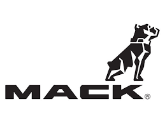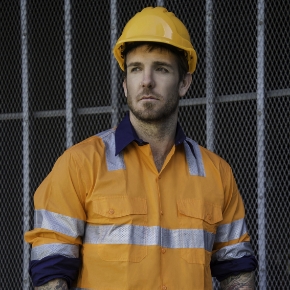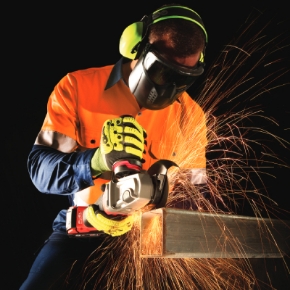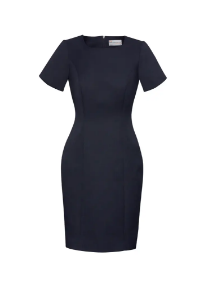In the realm of industrial safety, high-visibility (hi-vis) garments are indispensable. However, maintaining their colour integrity and visibility is a challenge due to varying environmental conditions and the rigorous demands of industrial use. In this exploration, we'll delve into how different fibres like cotton and polyester withstand colour fading, the impacts of UV exposure, and the rigours of industrial washing.
Impact of Fibre Types on Colour Fastness
Cotton Fibres:
Pros:
- Natural Comfort: Cotton is prized for its comfort and breathability, which is crucial in hot and humid environments.
- Heat Resistance: Cotton fibres can withstand high temperatures during washing, making them suitable for industrial cleaning processes.
Cons:
- Colour Degradation: Cotton is more susceptible to colour loss and degradation due to its natural composition, especially under intense UV exposure and frequent washings. Choose certified garments to ensure this risk is mitigated in your selection of industrial workwear.
- Shrinkage and Wrinkle: Cotton garments may shrink and wrinkle, which can affect the longevity and appearance of the safety colours. Once again garments which are certified undergo extensive dimensional stability testing against the shrinkage issue, mitigate this concern with proof of certification.
Polyester Fibres:
Pros:
- Superior Colour Retention: Polyester fibres are highly resistant to environmental factors that typically cause fading. The synthetic nature of polyester allows for better control over dye uptake and bond, enhancing colour fastness.
- Durability: Polyester is more durable against wear and tear, maintaining the garment’s structural integrity even under harsh industrial conditions.
Cons:
- Thermal Sensitivity: Polyester fibres can melt or deform at high temperatures, posing challenges during industrial heat processes.
- Chemical Resistance: While generally resistant to chemicals, certain industrial chemicals can affect polyester's colour fastness negatively.
The Impact of UV Exposure and Washing
UV Exposure:
- Cotton garments may fade significantly when exposed to UV light, as natural fibres lack intrinsic UV resistance. Over time, this can lead to a noticeable lightening of the vibrant safety colours. Extensive testing is completed on certified garments
- Polyester's synthetic structure incorporates additives during manufacturing that enhance UV resistance, thus preserving the brightness and integrity of hi-vis colours for longer periods.
Industrial Washing:
- Cotton's susceptibility to absorb dyes and cleaners can lead to rapid colour fading and fibre degradation with each wash cycle, challenging the maintenance of colour standards in safety garments.
- Polyester withstands intense cleaning agents and high-temperature wash cycles better than cotton, making it more suited for environments where garments require frequent and rigorous laundering.
Ensuring Compliance and Safety
To guarantee the effectiveness of hi-vis garments, it is essential that they not only meet but maintain the safety standards throughout their use. This is where the role of rigorous testing and certification comes into play. Certified hi-vis garments undergo extensive testing to ensure that they meet the specific requirements for colour fastness under the standard AS/NZS 1906.4:2023. Additionally, factories producing these garments are regularly audited to verify that manufacturing processes adhere to quality standards, thus ensuring the validity of the garment claims.
Choosing the right fibre for industrial hi-vis garments depends on balancing factors like environmental exposure, the frequency of washing, and the specific industrial requirements. While cotton offers comfort, its challenges in maintaining colour fastness might limit its use in certain applications. Polyester, with its superior durability and colour retention, often proves to be more suitable for harsh industrial conditions. With certified testing and factory audits, industries can rely on these garments to maintain their safety and visibility standards, ensuring the protection of workers in all conditions.













































































